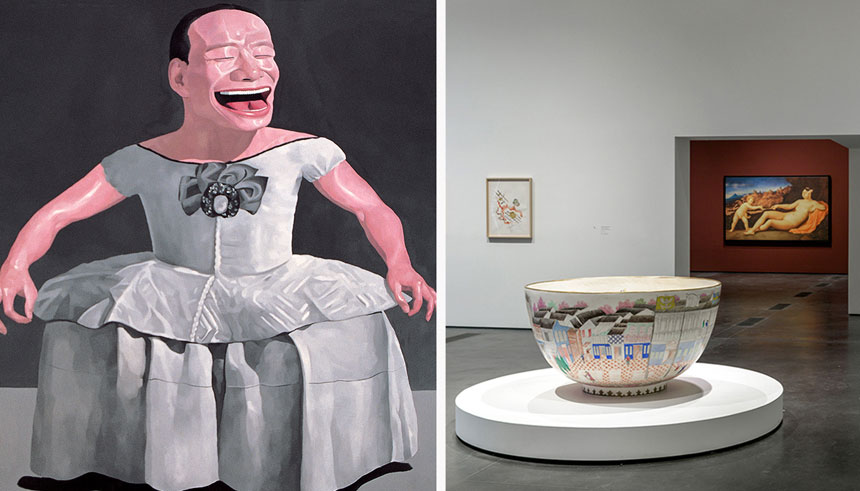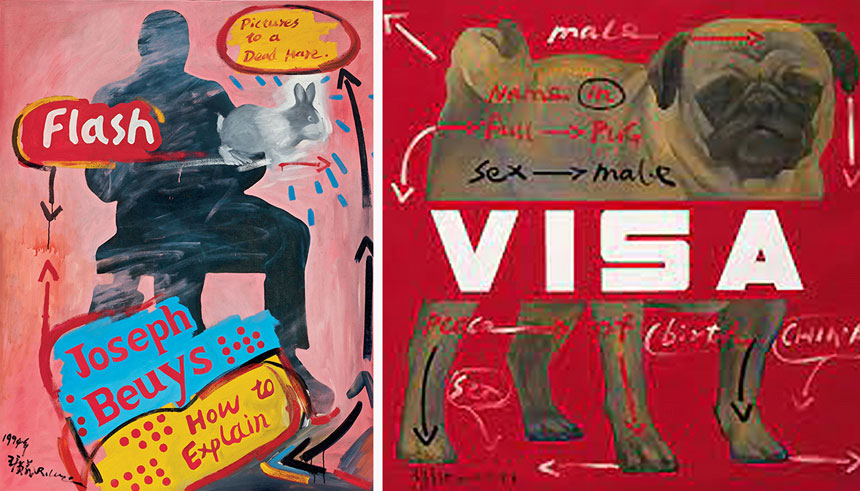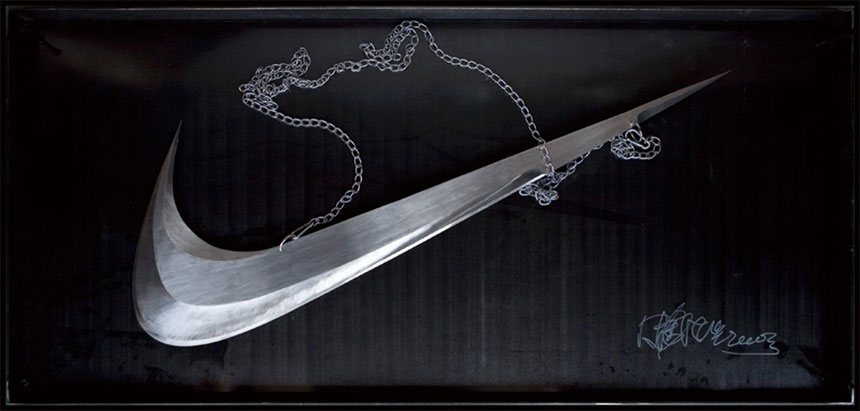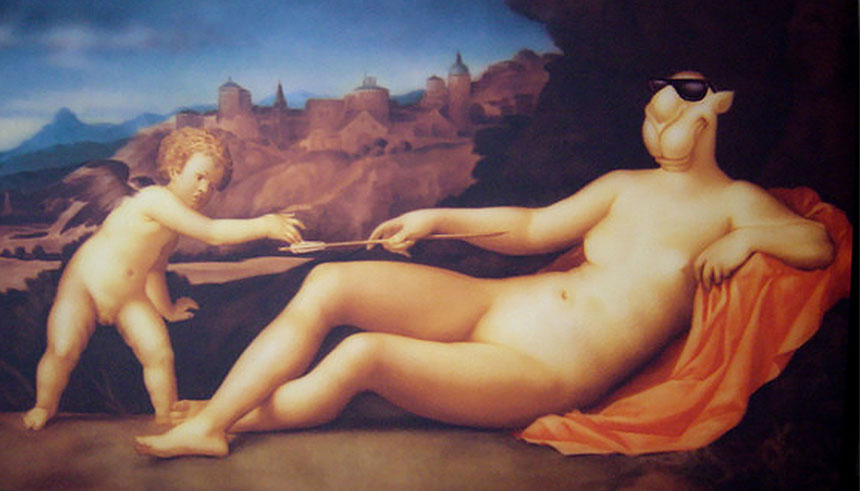East West Lifestyle
LACMA’s “Legacies of Exchange”: An Eastern Perspective of the West
By

The new LACMA exhibit showcases contemporary Chinese art from Shanghai’s Yuz Museum in their first LA-based collaboration.
The past four years have seen an uptick in anti-China sentiment in the United States, but that has spiked considerably since the beginning of 2020. Since May 2020, the percentage of Americans who viewed China as the “enemy” rose 11 points to 31% since January that same year, according to a Politico poll. Now, over a year after the COVID-19 pandemic shut down countries worldwide, that negative perception has only grown.
According to the Pew Research Centre, anti-China sentiment has reached a historic high in the U.S. Seventy-three percent of Americans hold an unfavorable view of China, which is the most negative reading Pew has recorded in the 15 years since the organization started doing so; the percentage of people who hold the most unfavorable views of China has almost doubled to 42% since spring of 2019.
Part of that negativity stems from biased Western media, and misunderstandings of what China is actually like and the West’s historical relationship with it. With their new exhibit “Legacies of Exchange: Chinese Contemporary Art from the Yuz Foundation,” the Los Angeles County Museum of Art (LACMA) hopes to flip the lens and provide a different perspective for Western audiences. Featuring 20 works of contemporary art from 15 different artists such as Ai Weiwei and Xu Bing, pulled from Shanghai’s Yuz Museum as part of their collaboration, the exhibit touches on themes of cross-cultural exchange, collaboration and collision between China and the West.

“Legacies of Exchange,” presented by East West Bank, opens on July 4, 2021, and runs until March 13, 2022. It marks the first LA-based collaboration with Shanghai’s Yuz Museum and the Qatar Museum that began in 2018.
Seeing the West through an Eastern lens
“The U.S. has a long history of vilifying China, which has been further propagated since the beginning of the COVID-19 pandemic,” says Susie Ferrell, assistant curator at LACMA’s Chinese Art Department. “I wanted to prioritize a framework that conveys a Chinese point of view—China’s gaze towards the West, specifically. This gaze is at times sardonic, at times critical, and at times hopeful.”
Although not all the works fall under one of the sub-themes, the exhibit is split into two general sections: the first is focused on Chinese artists’ reinterpretations of classical European paintings, and the second is focused on what Ferrell calls “brand colonialism.” The exhibit also has a separate gallery dedicated to Xu Bing’s “The Language of Smoke,” which is part of his “Tobacco Project” series that serves as commentary on and an examination of when the American tobacco industry first entered China and its impact on the country.

For example, “Legacies of Exchange” features some of artist Shi Jinsong’s works, which are sculptures of popular brand logos such as Nike and Mercedes-Benz crafted as razor-sharp stainless steel “blades.” Shi uses the juxtaposition of these familiar Western brands with the harshness of the blade to criticize material attachment and “caution viewers against the conceptual violence of materialism.”
Likewise, Zhou Tiehai has put his own satirical spin on traditional European oil painting by inserting Joe Camel, the mascot for Camel cigarettes, as figures in historical portraits. Joe Camel has become so synonymous with Zhou’s work that “these paintings can be viewed as meta-self-portraits, symbolic of the artist and his oeuvre,” notes Ferrell.
“I see these pieces like cover songs—they aren’t quite the same as the original, and incorporate the artist’s own style and viewpoint, while sharing some of the basic elements of the original work,” says Ferrell. “Some of these covers are humorous or satirical, some a sincere appreciation, and others show connected experiences across eras, cultures, and media, from the Western canon to the Chinese reinterpretation.”

Opening minds and combatting anti-Asian hate
Ferrell hopes that “Legacies of Exchange” will open up more nuanced discourse on the relationship between China and the West that goes beyond black-and-white name-blaming. “Art is a fantastic lens into different perspectives,” she explains. “Talking with the artists in the show and reading about their thoughts on globalization and the international interpretation of their work has been enlightening. It’s not straightforward—these are nuanced viewpoints acknowledging the good and the bad.”
Hopefully, Ferrell adds, the exhibit will also teach audiences about the complex history between China and the West that will help put into perspective current geopolitical relations.
“There’s a fraught history of cultural exchange between both entities, and it’s important to understand this as a part of the foundation of anti-Chinese racism that’s been built up in the West and is now coming to a head,” she says. “I want our audiences to know that LACMA is a museum that supports Asians and Asian-Americans, and it is our responsibility as a museum to create a space that does not tolerate Anti-Asian racism or hate.”
Subscribe to the Reach Further Newsletter
Get inspiring stories in your inbox every month.

